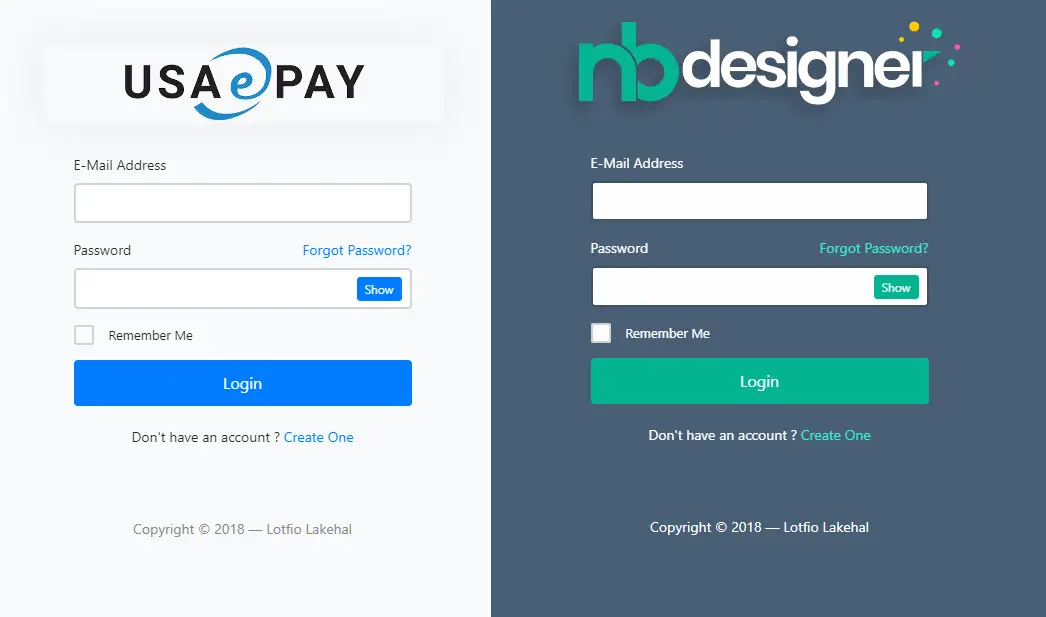How to manually resolve a type using the ASP.NET Core MVC
By Tan Lee Published on Nov 12, 2024 710
How to manually resolve a type using the ASP.NET Core MVC built-in dependency injection?
For example:
public void ConfigureServices(IServiceCollection services)
{
services.AddTransient<ISomeService, SomeService>();
}How to resolve ISomeService without performing injection?
ISomeService service = services.Resolve<ISomeService>();
The `IServiceCollection` interface is used to register services and build a dependency injection (DI) container in ASP.NET Core. Once all services are registered, the DI container is composed into an `IServiceProvider` instance, which can then be used to resolve services at runtime.
- You can inject an `IServiceProvider` into any class, allowing you to manually resolve dependencies when needed.
- Both `IApplicationBuilder` and `HttpContext` provide access to the service provider via their ApplicationServices or RequestServices properties respectively.
The IServiceProvider interface defines the GetService(Type type) method, which is used to resolve a service by its type.
var service = (IFooService)serviceProvider.GetService(typeof(IFooService));
There are convenience extension methods available for IServiceProvider, such as GetService<T>(), which allow you to resolve services by their generic type.
Resolving Services Inside the Startup Class
In ASP.NET Core, you can resolve services inside the Startup class during the application configuration process, typically in the ConfigureServices and Configure methods.
The ASP.NET Core runtime's hosting service provider can inject certain services directly into the constructor of the Startup class.
These services include:
IConfiguration: Provides access to configuration settings.IWebHostEnvironment(orIHostingEnvironmentin versions prior to 3.0): Provides information about the web hosting environment.ILoggerFactory: Used to create loggers for logging.IServiceProvider: The hosting layer’s instance of the service provider, which contains only the essential services needed to start up the application.
The IServiceProvider injected into the Startup constructor is a minimal service provider built by the hosting layer, and it only includes the core services required to initialize the application, not the full set of services configured in ConfigureServices.
The ConfigureServices() method in the Startup class does not allow injecting services directly, as it only accepts an IServiceCollection argument. This is because ConfigureServices() is primarily used for registering services required by the application into the DI container, not for resolving them.
However, you can use services that were injected into the Startup class constructor within ConfigureServices().
For example:
public class Startup
{
private readonly IConfiguration _configuration;
private readonly IWebHostEnvironment _env;
public Startup(IConfiguration configuration, IWebHostEnvironment env)
{
_configuration = configuration;
_env = env;
}
public void ConfigureServices(IServiceCollection services)
{
// Use injected services in ConfigureServices()
}
}
Any services that are registered in the ConfigureServices() method can be injected into the Configure() method in the Startup class. You can do this by adding additional parameters to the Configure() method after the IApplicationBuilder parameter.
public void ConfigureServices(IServiceCollection services)
{
services.AddScoped<IFooService>();
}
public void Configure(IApplicationBuilder app, IFooService fooService)
{
fooService.Bar();
}Manually resolving dependencies
To manually resolve services in ASP.NET Core, you can use the ApplicationServices property provided by the IApplicationBuilder within the Configure() method of Startup.cs.
public void Configure(IApplicationBuilder app)
{
var serviceProvider = app.ApplicationServices;
var hostingEnv = serviceProvider.GetService<IHostingEnvironment>();
}It's possible to inject an IServiceProvider directly into the constructor of the Startup class, doing so is not ideal. The injected IServiceProvider will only contain a limited subset of services, making it less useful compared to using the IApplicationBuilder or other appropriate methods for accessing services.
public Startup(IServiceProvider serviceProvider)
{
var hostingEnv = serviceProvider.GetService<IWebHostEnvironment>();
}If you need to resolve services within the ConfigureServices() method, a different approach is necessary. Specifically, you can create an intermediate IServiceProvider by building it from the IServiceCollection instance.
public void ConfigureServices(IServiceCollection services)
{
services.AddSingleton<IFooService, FooService>();
// Build the intermediate service provider
var sp = services.BuildServiceProvider();
// This will succeed.
var fooService = sp.GetService<IFooService>();
// This will fail (return null), as IBarService hasn't been registered yet.
var barService = sp.GetService<IBarService>();
}You should avoid resolving services inside the ConfigureServices() method, as this method is meant for configuring services, not resolving them. However, if you need access to an IOptions<MyOptions> instance, you can achieve this by binding values from the IConfiguration instance directly to an instance of MyOptions, which aligns with how the options framework in ASP.NET Core works.
This allows you to retrieve configuration values without violating the intended use of ConfigureServices().
public void ConfigureServices(IServiceCollection services)
{
var myOptions = new MyOptions();
Configuration.GetSection("SomeSection").Bind(myOptions);
}Or use an overload for AddSingleton/AddScoped/AddTransient:
services.AddSingleton<IBarService>(sp =>
{
var fooService = sp.GetRequiredService<IFooService>();
return new BarService(fooService);
}- Implement security headers for an ASP.NET Core
- How to add security headers to an ASP.NET Core Application
- How to Initialize TagHelpers in ASP.NET Core with Shared Data
- Boost Your ASP.NET Core Website Performance with .NET Profiler
- The name 'Session' does not exist in the current context
- Implementing Two-Factor Authentication with Google Authenticator in ASP.NET Core
- How to securely reverse-proxy ASP.NET Core
- How to Retrieve Client IP in ASP.NET Core Behind a Reverse Proxy





